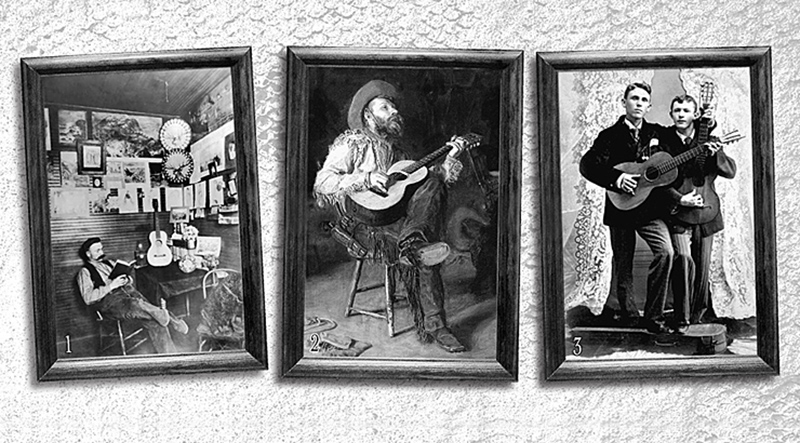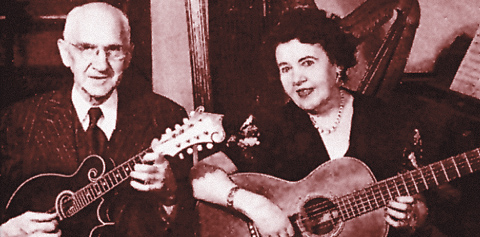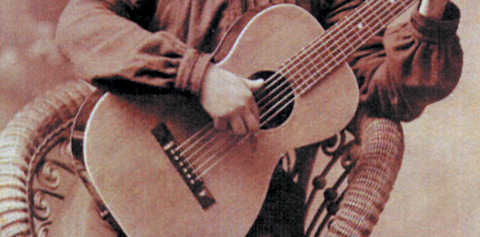-
Tim Brookes
Beyond the Parlor
Part Two: Man and Machine
Ed. Note: In part two of his series on the guitar in 19-century America, Tim Brookes addresses the common belief that the guitar was strictly a ladies’ parlor instrument by finding guitars being made – and played – by men. “Over the last century,” began a recent guitar history, parroting conventional wisdom, “the guitar has evolved from a…
-
Tim Brookes
Beyond the Parlor
Part Three: Women
Ed. Note: In the final installment in his series on the guitar in 19-century America, Tim Brookes offers a study of several women who played the guitar, and what the instrument meant to them. The first two parts are at Part One: The Guitar in Non-Anglo America and Part Two: Man and Machine. “The guitar before 1850 was a…
-
Tim Brookes
Beyond the Parlor
Part One: The Guitar in Non-Anglo America
Ed. Note: In this series, Tim Brookes attacks the common argument that the guitar in 19th-century America was small, quiet, and suitable only for young middle-class ladies playing in parlors. Part one explores what was arguably the most extensive and skillful guitar culture of the day – the generally forgotten guitar in non-English-speaking communities. The remainder…



